The average price of petrol fell by nearly 2ppl in May while diesel tumbled by 2.5ppl after retailers passed on savings in the wholesale price of fuel, data from the latest RAC Fuel Watch report shows.
Unleaded finished the month at 116.72ppl, down 1.83ppl from 118.55ppl at the beginning of May. Diesel, however, dropped further from 120.25ppl to 117.75ppl.
RAC fuel spokesman Simon Williams said: “Having seen petrol and diesel prices rise in April, May brought some lower prices at the pump just as motorists sought to make the most of the warmer weather by taking to the road.”
The RAC said May’s price reduction was led by the supermarkets with a series of cuts which came about after it pointed out that the wholesale cost of fuel had fallen and that forecourt reductions should be passed on to motorists. The average price of supermarket petrol fell 2.18ppl to 113.48ppl in May and diesel went down by 3.26plp to 114.19ppl.
Oil stayed broadly the same in May, averaging $49.89 a barrel, but recording a low of $46.93 early on and a high of $53.54 on 24 May. Sterling was also stable at $1.29, although at one point it topped $1.30 – a figure not seen since September last year.
Simon Williams added: “It’s good news to see prices reduce in May, but it’s difficult to know which way they will head next although current indications are for prices to come down, especially for diesel which is still overpriced on many forecourts.
“OPEC (the Organization of the Petroleum Exporting Countries) is trying to counter the oversupplied oil market with a view to making the barrel price rise. It agreed in May, together with a number of non-OPEC producers including Russia, to continue to cut daily production by 1.8m barrels as has been happening since the beginning of the year. However, this level of output restriction does not appear to have had the desired effect to date, partly due to the slightly higher oil price enabling the United States to increase its fracking activity and fill the gap.
“The fact OPEC didn’t limit supply further could bode well for motorists. The other key factor that affects the price we pay for fuel at the pump is the strength of the pound as fuel, like oil, is traded in dollars. It remains to be seen what will happen to sterling after this week’s General Election and in the ensuing Brexit negotiations with the EU, but a further reduction could lead to higher prices on the forecourt.”





















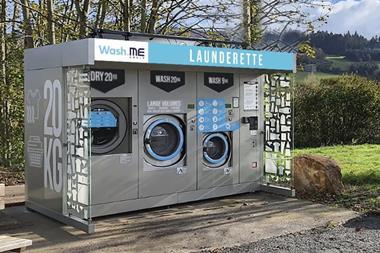
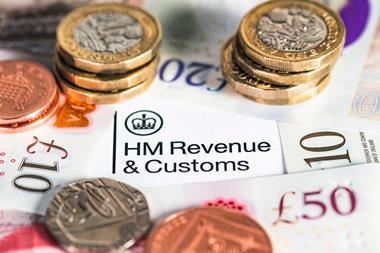
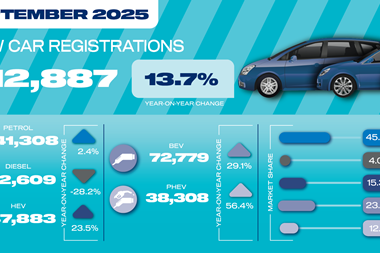

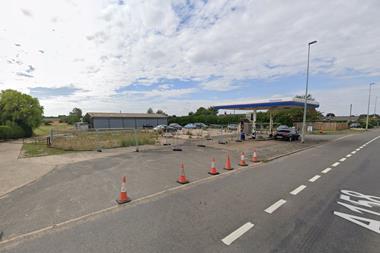
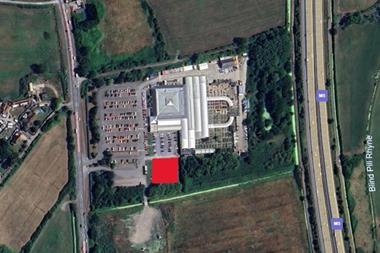



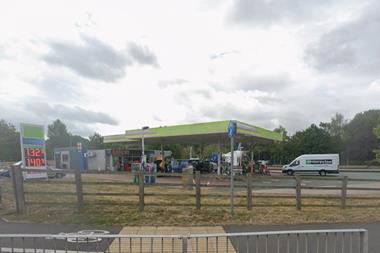

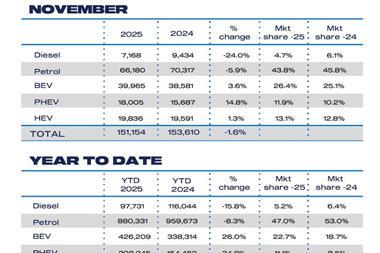
No comments yet